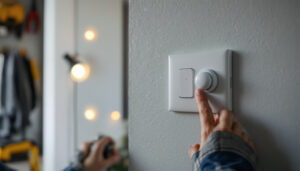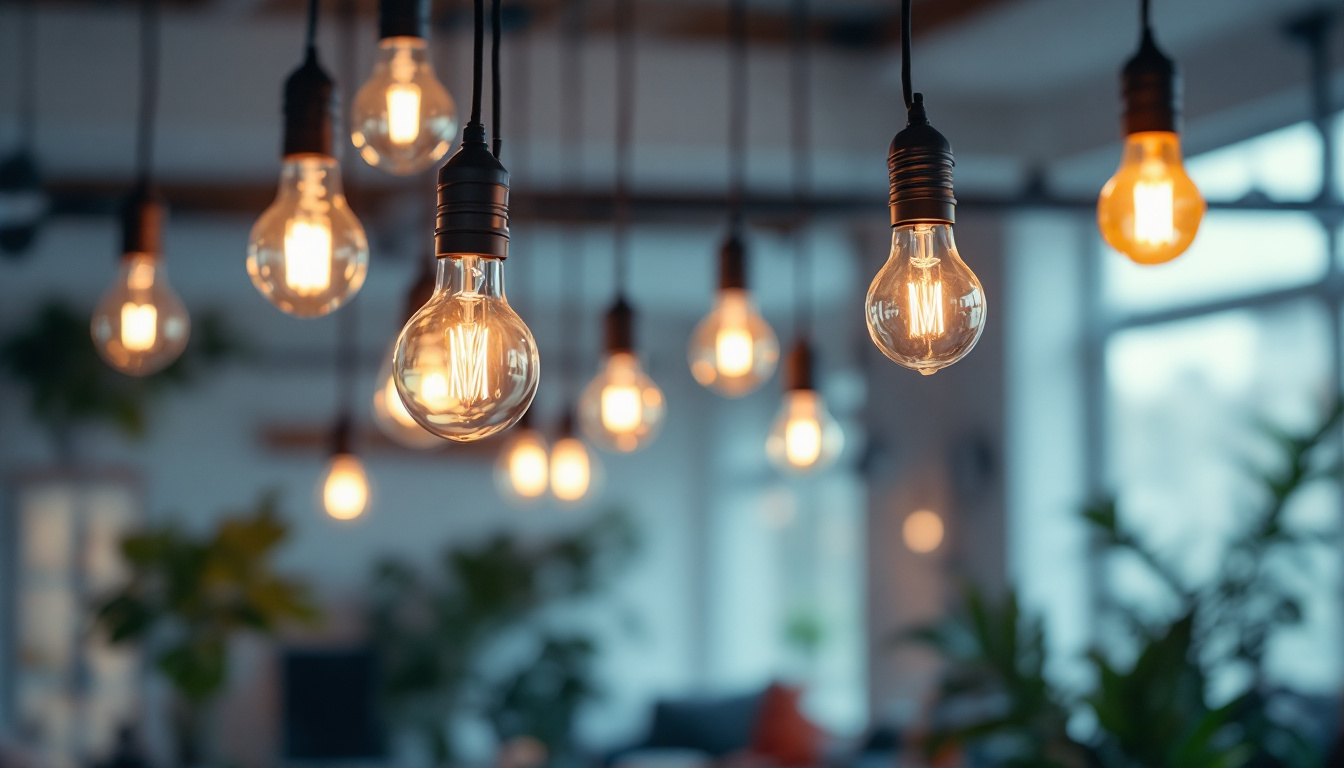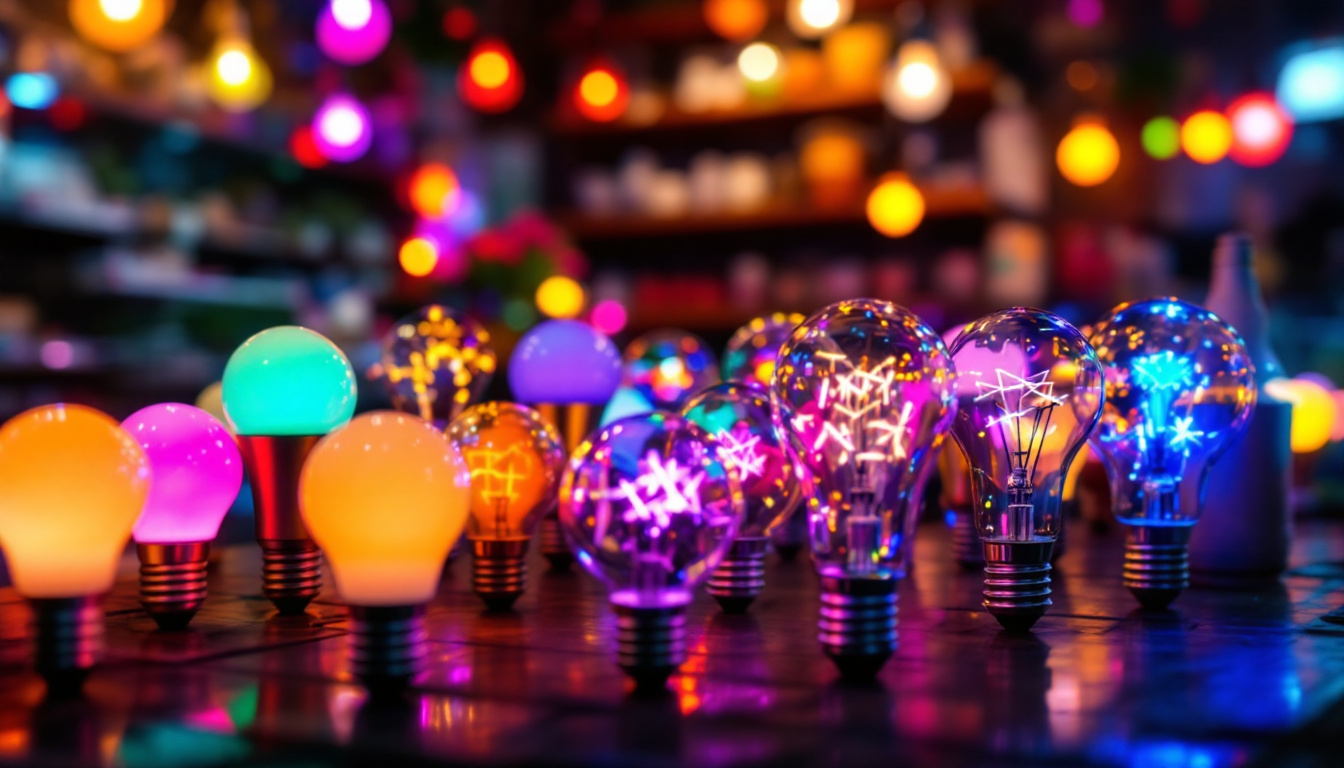

In the realm of lighting installations, the can light bulb has emerged as a pivotal component in both residential and commercial settings. Often referred to as recessed lighting, can lights provide a sleek and modern aesthetic while delivering functional illumination. Understanding their significance and application can greatly enhance the effectiveness of lighting projects.
Can light bulbs, typically housed within a cylindrical fixture, are designed to be installed into the ceiling, allowing for a clean and unobtrusive look. These fixtures are versatile and can accommodate various types of bulbs, including LED, incandescent, and CFL options. Their ability to blend seamlessly into the architecture of a space makes them a popular choice among lighting contractors. Furthermore, can lights can be strategically placed to highlight specific areas, creating focal points that enhance the overall design of a room.
When selecting can light bulbs, it is essential to consider the different types available. Each type offers unique benefits and can influence the overall ambiance of a space. Understanding the characteristics of each bulb type can help homeowners and designers make informed decisions that align with their lighting goals.
The advantages of can light bulbs extend beyond mere aesthetics. Their design and functionality contribute to a variety of benefits that can enhance any lighting installation. Properly installed can lights can transform a space, providing both practical illumination and a stylish touch.
While can light bulbs offer numerous benefits, proper installation is critical to ensure optimal performance and safety. Lighting contractors must pay close attention to various factors during the installation process.
The placement of can lights can significantly impact the effectiveness of the lighting scheme. Strategic positioning can enhance visibility and create a pleasing atmosphere.
Ensuring compliance with electrical codes and safety standards is paramount during installation. This not only guarantees the safety of the occupants but also the longevity of the lighting system.
Beyond functionality, the aesthetic appeal of can light bulbs plays a significant role in lighting design. The right combination of fixtures can transform a space, enhancing its overall ambiance.
Effective lighting design often involves layering different types of lighting to create depth and interest. Can lights can be integrated with other lighting types to achieve this effect.
The color temperature of can light bulbs can significantly influence the mood of a space. Understanding how to choose the right color temperature is essential for achieving the desired atmosphere.
As the world increasingly prioritizes sustainability, the role of energy-efficient lighting solutions cannot be overstated. Can light bulbs, particularly LED options, are at the forefront of this movement.
One of the most compelling reasons to choose energy-efficient can light bulbs is the potential for significant cost savings. Over time, the reduced energy consumption translates into lower utility bills.
Using energy-efficient can light bulbs contributes to a reduced carbon footprint. This is particularly important in an era where environmental concerns are paramount.
The lighting industry is continuously evolving, and can light bulbs are no exception. Staying informed about emerging trends can help lighting contractors remain competitive and innovative.
Smart lighting systems are gaining popularity, allowing users to control their lighting through mobile apps or voice commands. This technology is becoming increasingly integrated into can light designs.
As home automation becomes more prevalent, can light bulbs are being designed to integrate seamlessly with various systems, enhancing the overall user experience.
The importance of can light bulbs in lighting installations cannot be overstated. Their versatility, energy efficiency, and aesthetic appeal make them a critical component for lighting contractors. By understanding the various types of can light bulbs, installation considerations, and emerging trends, professionals can create effective and sustainable lighting solutions that meet the needs of their clients.
As the industry continues to evolve, embracing new technologies and design philosophies will be essential for staying ahead. The future of can lighting is bright, and those who adapt to these changes will undoubtedly thrive in the competitive landscape of lighting installations.
Ready to elevate your lighting installations with the critical versatility, energy efficiency, and aesthetic appeal of can light bulbs? Look no further than LumenWholesale for your lighting needs. Our spec-grade lighting products are designed to meet the highest industry standards, ensuring that your projects shine with reliability and performance. With unbeatable wholesale prices and the convenience of free shipping on bulk orders, you can trust LumenWholesale to provide premium lighting solutions at the best value. Don’t compromise on quality or cost—visit Wholesale Lighting at the Best Value today and experience the difference that comes with partnering with a leader in lighting excellence.

Discover the ultimate guide for lighting professionals with our essential checklist for buying light bulbs.

Discover why purchasing decorative LED bulbs in bulk from local distributors might not be the best choice.

Discover the essential insights lighting contractors need to know about exit signs, from compliance standards to innovative design solutions.

Discover essential insights for lighting contractors on hospital bed lights, including design considerations, regulatory standards, and the latest innovations to enhance patient care and safety..
Get notified when NEW deals are released.
Optimize your budget with wholesale discounts.
Only top-quality, specification-grade lighting products.
No additional costs at checkout - what you see is what you pay.
We understand the unique needs of contractors.